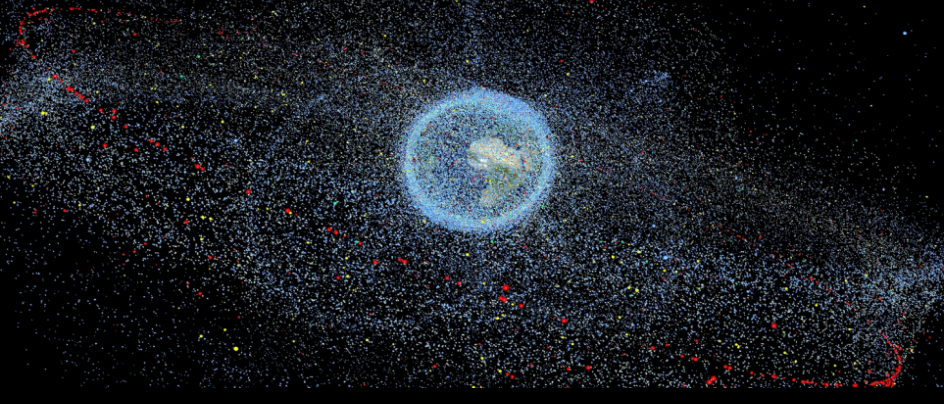Speaker
Description
In the last two decades, a growing concern about the space debris population has been developed among the Space community as a result of the increase of the satellites launches particularly in the LEO regime due to proposed mega-constellations. Numerous studies and experiments have been conducted by ESA and other space agencies to determine the actual population of debris that is currently in orbit including, not only the catalogued ones, but also the sub-catalogue size objects.
This study was performed by GMV and the University of Southampton in 2018 for the UK’s Defence Science and Technology Laboratory (DSTL)
In this study, MASTER population was used as the starting point in 2018 to provide DSTL with three plausible scenarios, short-term in the year 2023, mid-term in 2028 and long-term in 2043. Launches and fragmentation events in the last 3 decades were analysed in order to derive the trends on the different markets and regimes, e.g. earth observation in LEO, telecommunications in GEO, mega-constellations, etcetera… These trends were extrapolated to create a discrete population of new launches for the whole period considered.
Additionally, as requested by DSTL, the initial population and the launch trends were classified according to the operational mission, matching the population against the 18th SPCS catalogue.
The initial populations and the discrete launches populations were propagated using the software DAMAGE (Debris Analysis and Monitoring Architecture to the Geosynchronous Environment) developed by Dr. Hugh Lewis at the University of Southampton. DAMAGE is a three-dimensional computational model of the full LEO to GEO debris environment, capable of evolving populations of objects down to 1 mm. DAMAGE includes a semi-analytical orbital propagator, a breakup model, several collision prediction algorithms and a satellite failure model, which also accounts for mission failures resulting from the non-catastrophic impacts of small particles. For constellations, DAMAGE can apply a variety of post-mission disposal options, including the use of electric propulsion to adjust the post-service orbit of the satellites.
At the time of the study, there was a high uncertainty regarding the successful launch of the different constellations considered, such as Oneweb, SpaceX and Samsung. In order to manage this uncertainty, the output of the study includes four different simulations for the three scenarios, considering or not the Oneweb constellation, that was the most plausible at the time, and including or not fragmentations due to explosions. Additionally, each one of the simulations includes a MonteCarlo like process in order to consider some stochastic processes during the simulations, such as collisions or the initial population randomisation on the MASTER objects. Finally, the obtained populations are compared against the MASTER populations provided by ESA for the scenarios at the selected epochs, in order to analyse possible differences on the launch trends and the effect of the fragmentations.

